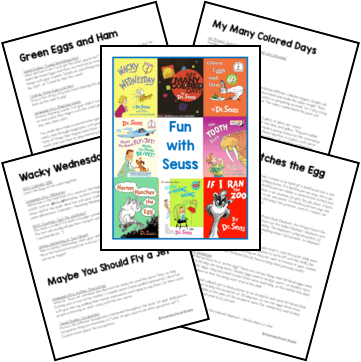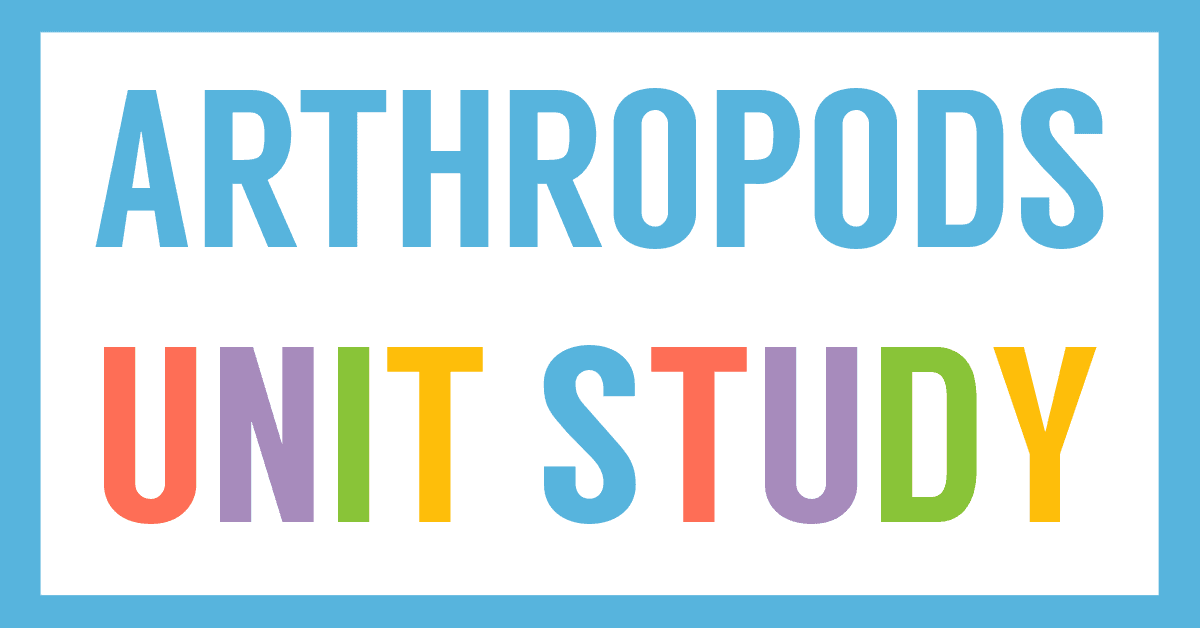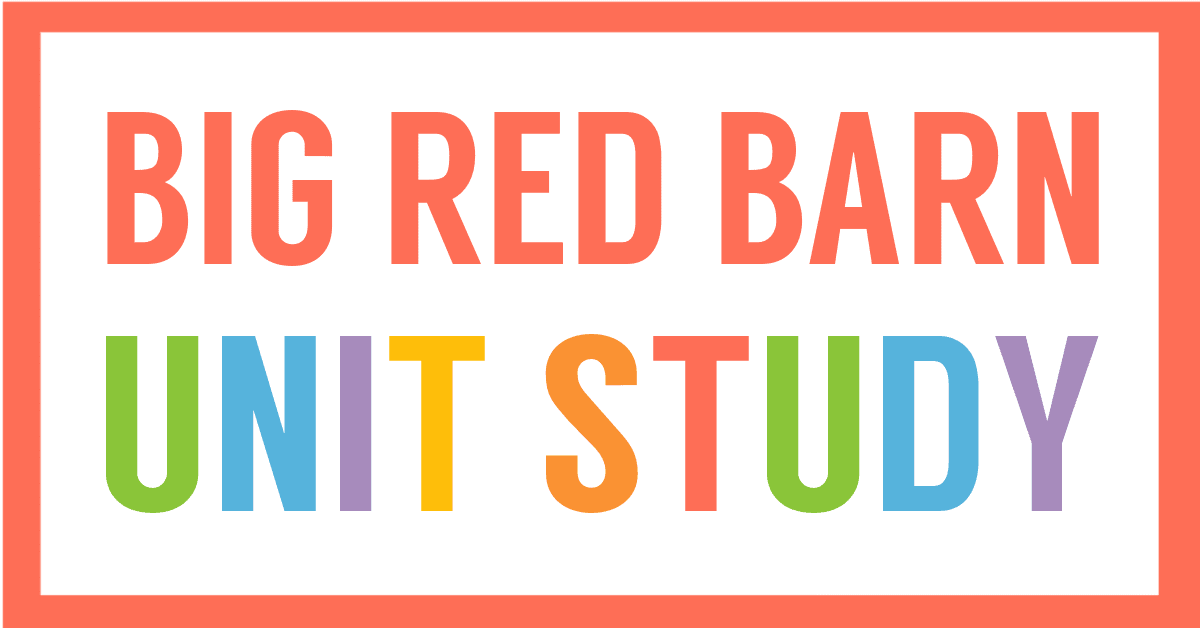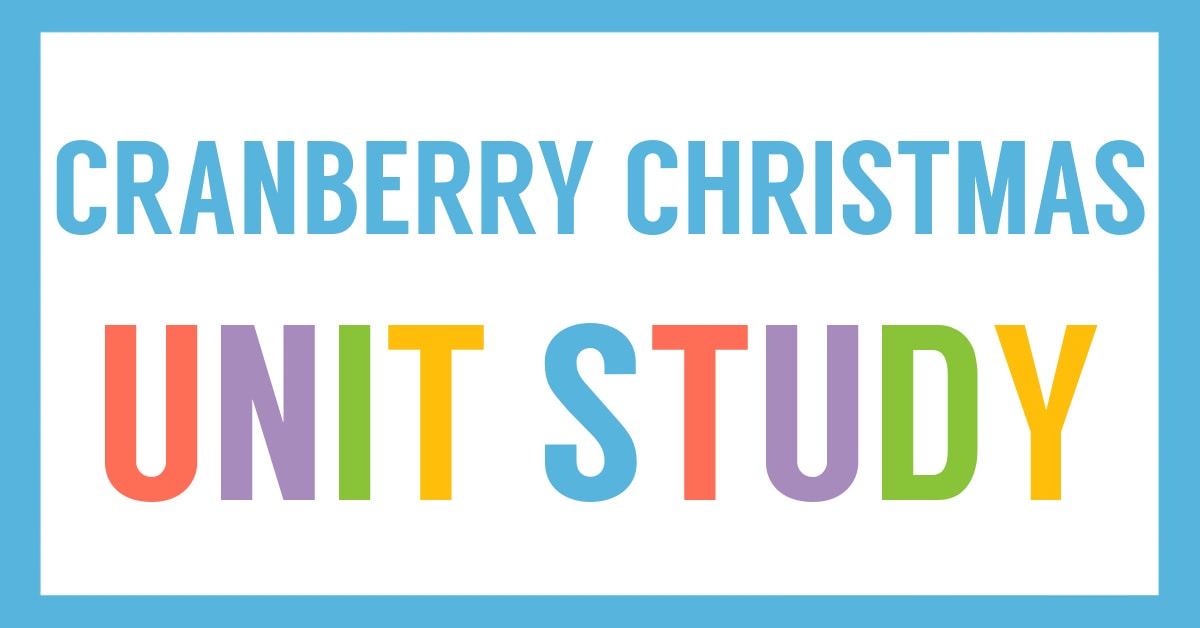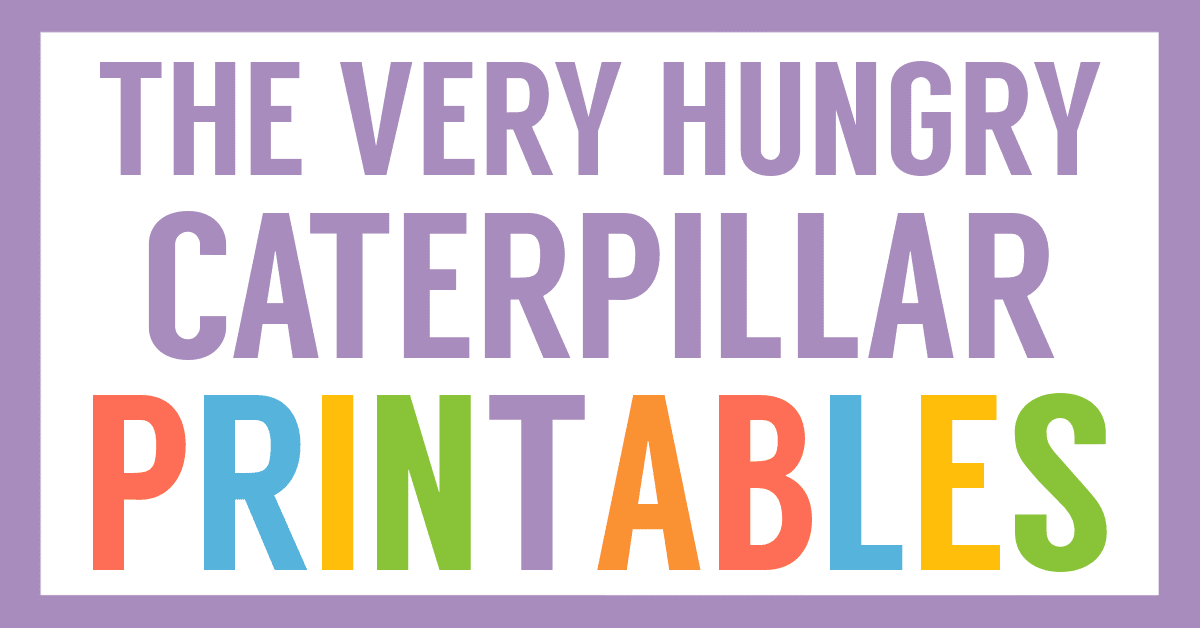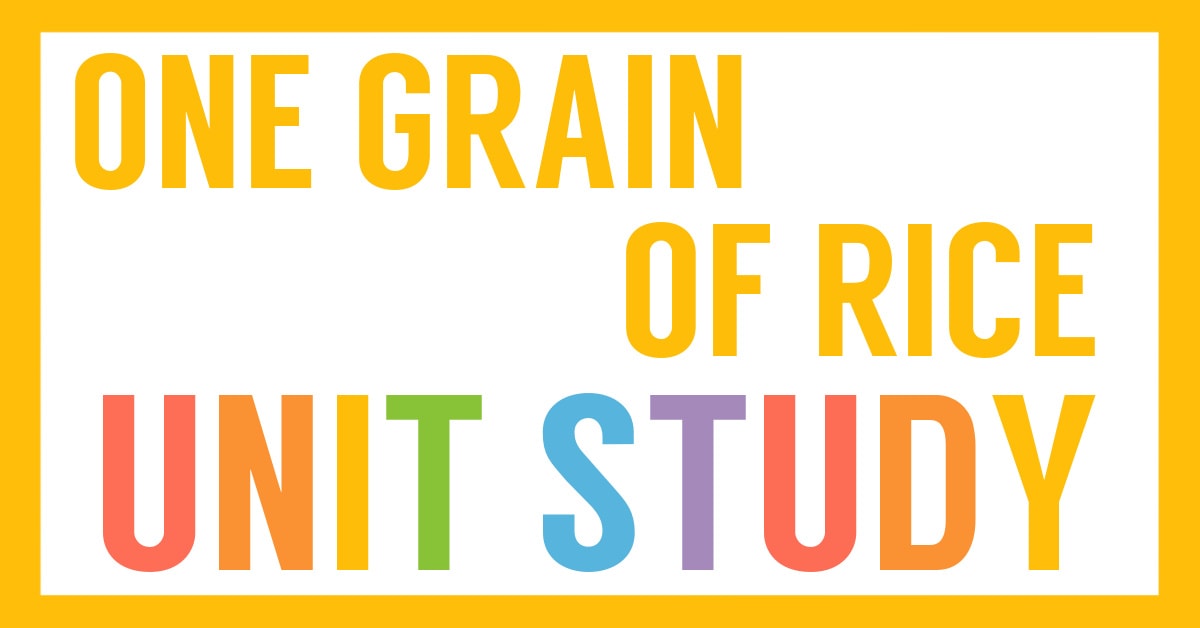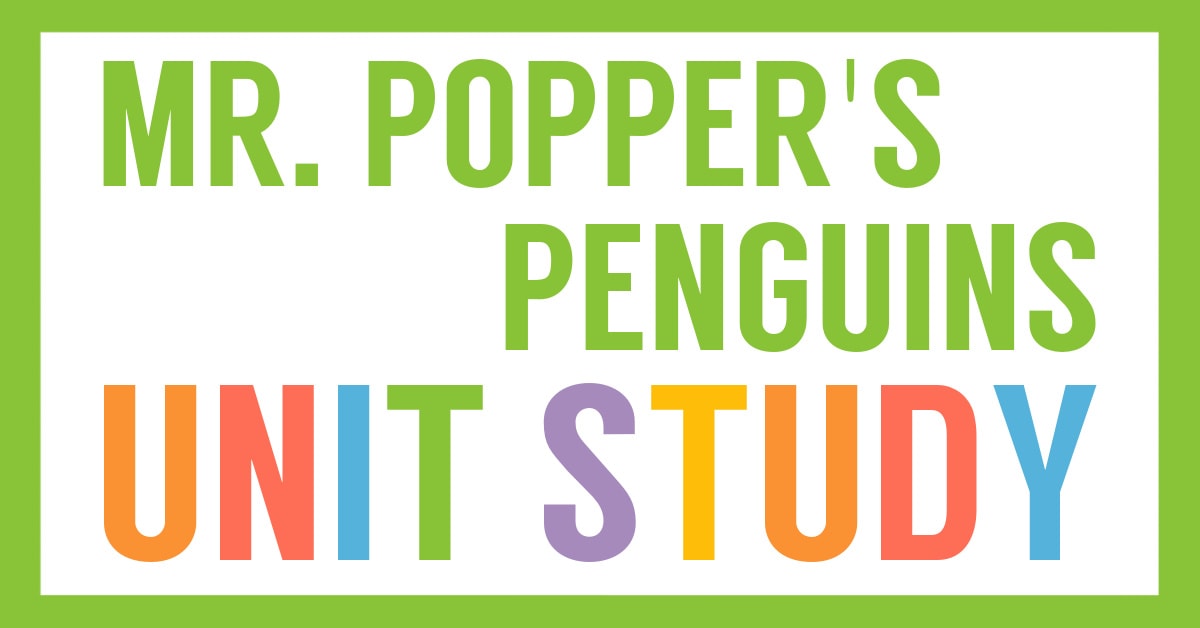Affiliate Disclaimer
We sometimes use affiliate links in our content. This won’t cost you anything, but it helps us to keep the site running. Thanks for your support.
In addition to our Dr. Seuss printable packs, we have another set of lessons and activities for you. These activities do not include printables, but there are oodles of fun ideas for your students.
Wacky Wednesday Activities
These activities are based on one of my favorite Seuss books, Wacky Wednesday.
Math: Calendar Skills
Learn the days of the week together.
Language Arts: Alliteration
Alliteration is the repetition of a sound at the beginning of two or more neighboring words such as Wacky Wednesday. Authors frequently use this technique for titles as Dr. Seuss did for this book. Have fun with your student by creating your own days of the week alliterations. Examples– Munching Monday, Terrific Tuesday, Wild Wednesday, etc.
Math: Counting– Spot the Wackiness!
This book is a blast! On each two page spread, have your student find the wacky things. The text will usually tell you how many to spot (“I saw three, in the bathroom four!, then I counted eleven…”).
Wacky Wednesday at Your House!
Plan a Wacky Wednesday. Wear your clothes backwards. Eat ice cream for breakfast. Move the furniture around (or even put something upside-down!). Have fun. Your kids will never forget!
Maybe You Should Fly a Jet Activities
The following activities are based on Maybe You Should Fly a Jet! Maybe You Should Be a Vet!
Language Arts: Author: Theo LeSeig
When Dr. Seuss let someone else illustrate his books he used the name Theo. Le Sieg. (LeSieg was a twist on his mother’s maiden name Geisel-spelled backwards). Have fun with your kids by spelling their names backwards and trying to say them. Let them autograph a drawing or short story with the new name.
Social Studies: Occupations
Discuss the different occupations mentioned throughout the book. Let your child pick an occupation they are interested in (“what do you want to be when you grow up?”). Explore more about this occupation.
Gerald McBoing Boing Activities
These activities are based on the book, Gerald McBoing Boing.
Language Arts: Onomatopoeia
Onomatopoeia is defined as the naming of a thing or action by imitation of natural sounds (as “buzz” or “hiss”). It is a technique often used in poetry, but many writers also include it in short stories (we could simply call onomatopoetic words– sound effects). What words in Gerald McBoing Boing are examples of Onomatopoeia? Have fun looking through the text with your student and finding these words. Can your student think of other words that have the same effect? Encourage your older student to use onomatopoetic words when he writes poems or short stories.
Social Studies: Teasing/Making Fun of Others
How does your student feel about the way Gerald’s school mates reacted toward him? Sometimes, it’s easy to make fun of someone who’s different, but it isn’t kind. Ephesians 4:32 tells us to be kind to one another. Would your student like it if someone made fun of him? Discuss what he should do if he’s made fun of. Also discuss what he should do if he sees a group of people picking on someone because they are different.
Social Studies: Talents and Gifts
Everyone has been gifted by God with special talents or abilities. What was Gerald’s talent? Does your student know what his talents and abilities are? Give thanks to God for gifting your student and pray that He will show you how to cultivate that gift into something that can be used for His glory.
Science: Sounds
To further explore the concept of sound, get the book, Sounds All Around (a read and find out science book).
If I Ran the Zoo Activity
Read If I Ran the Zoo and create your own zoo.
Science: Zoo Fun
After you finish reading the book, discuss what kind of animals your student would have in his own zoo. Cut animals out of magazines and glue them to a piece of paper. When you are finished, glue bars over the top of the animals to give the appearance of a cage.
Name all of your animals.
Research the animals. Determine what you would need to do to care for each one (shelter, food, water, etc.)
Green Eggs and Ham Activities
These activities are based on Dr. Seuss’s classic book, Green Eggs and Ham.
Social Studies: Trying Something New!
What did Sam-I-am try to get the other guy to eat? The other guy was adamant that he didn’t like Green Eggs and Ham, but he’d never even tried them! Discuss trying new things with your student. Decide on something new that you will try together (food, hobby, sport, or ?) and do that this week!
Cooking: Green Eggs and Ham
Drop a few drops of green food coloring into your scrambled eggs and serve some ham on the side! Enjoy!
Language Arts: Rhyming Words
Discuss rhyming words. Ask your child if two words rhyme, then let them make up silly or real words that rhyme with the word you give them. Example: you say ham and they say sam, bam, zam.
You could also make a concentration game out of rhyming word cards. To make the cards, look through magazines with your student and cut out pictures. Try to find pictures of things that rhyme (rain/train, box/fox, ruck/duck). Paste the pictures on index cards and use them to play memory (concentration). Store in a Ziplock bag so that you can play it again later.
You will also find some rhyming words flap books in our Sneetches printables.
My Many Colored Days Activities
These activities are based on My Many Colored Days.
Art Project: Scratch Art
“Many Colored Wax Drawing”
Supplies:
Crayons
White Cardstock
Toothpicks (one for each student)
Black Paint (tempera or poster)
Thick paintbrush
Color the entire area of a piece of white cardstock different colored crayons (bright colors work best; try not to use black). Press down hard and make the colors bright. Then, paint over the coloring with thick black paint until it is completely covered. Let it dry. Using a toothpick, scratch a picture through the paint. The colors underneath the paint will show through.
Science and Art: Color Mixing
Supplies Needed: Food Coloring (red, blue, yellow), glass or glass jar, water
Tell your student that we have a special name for red, blue, and yellow. They are called primary colors. We can use the primary colors to make a group known as the secondary colors. Tell your student to mix two colors of their choice together in a glass with some water. What did they choose? Record the results. Try again with another combination. Record the results. Can your student figure out the last combination?
Game Idea: I Spy
Play “I Spy” with your child (I Spy Something Red…). Look around the room for various colored items and play many rounds using many different colors.
Language Arts: Go-along Book: Oh, the Thinks You Can Think!
After you read Oh, the Thinks You Can Think! discuss the thinking about colors. “You can think about yellow or think about blue. . . You can think about red. You can think about pink . . . think of black water, think of white sky.” Make lists of things that are yellow, blue, red, and pink.
Also, as you read Oh, the Thinks You Can Think!, encourage your student to answer the questions that Dr. Seuss asks.
The Tooth Book Activities
These activities are based on The Tooth Book.
Science: Teeth
Ask your student if she knows why we have teeth. The primary function of teeth is to tear and chew food. For some animals, they also serve the purpose of fighting (for defense).
Learn more about teeth with our Teeth Unit Study (you’ll find a wide variety of printables included, too).
Enamel Experiment
Discuss tooth enamel with your student. Explain that enamel is the thin outer layer that protects the tooth pulp and never endings inside. It is important to keep the enamel healthy.
For this experiment you will need a raw egg, vinegar, and a glass.
Procedure:
Soak a raw egg in vinegar overnight. The acid will soften the shell just as acid in your mouth can cause a tooth to soften (to weaken and decay). In the morning, observe the egg. Discuss that this is similar to what happens to your teeth. The inside layers become vulnerable (weaken and decay) when the enamel is eaten away by acid in the mouth. Once the enamel is gone, the pulp is exposed and a toothache occurs. It is important to keep teeth brushed so that the acids are kept under control and off the enamel.
Math: Counting
Count your child’s teeth!
Horton Hatches the Egg Activities
These activities are based on Horton Hatches the Egg.
Character Study: Faithfulness
What is Horton’s famous line? What does it mean to be faithful? A faithful person is one who is firm in keeping promises or in fulfilling duties. If a faithful person says she is going to clean her room, she does it. If a faithful person makes a commitment to feed and water the neighbor’s cat while the neighbor is on vacation, he gets the job done. A faithful person keeps a promise even when it is not convenient. If a faithful person says she will play with her friend on Tuesday, then she keeps her promise, even if it means not getting to go with her brother to the circus.
Check out our Dependability Lapbook
Science: Elephants
There are three species of Elephants– the African Bush Elephant, the African Forest Elephant, and the Asian Elephant which is also known as the Indian Elephant. Elephants are mammals and the largest land animals alive today. The elephant’s pregnancy lasts 22 months, and a baby elephant (a calf) is born weighing about 265 pounds. An elephant may live as long as 70 years, sometimes longer.
Science: Eggs
You could hard boil an egg with your student. As you crack it, note the outer shell, inner shell (membrane—the thin white layer that is suppose to come off with the shell), the yolk, and the albumen (egg white). You may or may not want to mention to your student that the eggs we eat are not fertilized (do not have a baby chick growing inside).
Science: Incubation
Why did Horton have to sit on the egg? There are certain things that fertilized eggs need in order to develop into baby birds. Chicken eggs need to be kept warm, so chickens have to sit on their eggs; they also need turned three times each day, so the mother hen does this. This is done so that the baby won’t stick to the shell.
Read Horton Hears a Who
Read another story about this beloved elephant: Horton Hears a Who.
A huge thanks to Candace Crabtree, Michelle Light, and Linda Mabe for contributing the Dr. Seuss ideas for all of our Dr. Seuss activities.
Dr. Seuss Activities Printable File
Would you like all of these activities in one simple download? Simply click on the image below to grab an easy-to-print file with all of the Dr. Seuss activity ideas.
More Seuss Themed Resources with Printables
- The Foot Book
- Fox in Socks
- The Sneetches
- Ten Apples Up On Top
- One Fish, Two Fish, Red Fish, Blue Fish
- Dr. Seuss’s ABC
- The Cat in the Hat
- The Lorax
- Additional Seuss Activities

